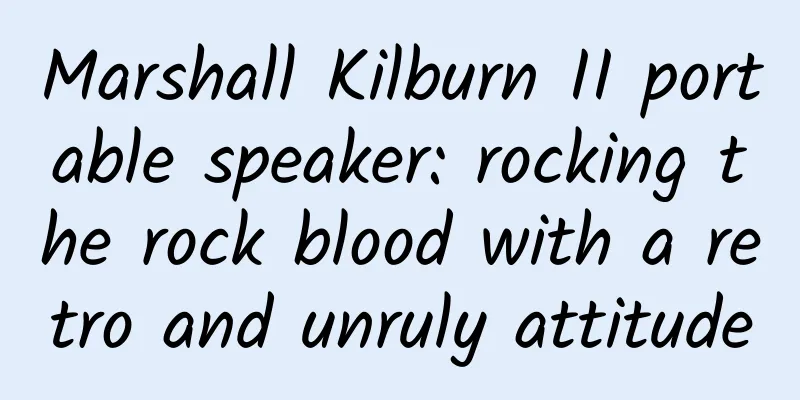Hybrid App Development: Using WebView to Load Pages

|
Hybrid App is the abbreviation of hybrid mode application, which has the advantages of both Native App and Web App, with low development cost and cross-platform characteristics of Web technology. Currently, all the middleware-based mobile development frameworks we know of adopt the Hybrid development model, such as PhoneGap , Titanium, Sencha from abroad, and AppCan, Rexsee, etc. from China. The Hybrid App development model is being recognized by more and more companies and developers, and I believe it will become the mainstream mobile application development model in the future. The principle of Hybrid App fusion Web App is to embed a WebView component, in which you can load pages, which is equivalent to an embedded browser. The code is as follows:
Another way to introduce it is to add the WebView component in the layout file. The code is as follows:
WebView also has a very important method - addJavascriptInterface, which can be used to implement mutual calls between Java programs and JavaScript programs. The code is as follows:
The page code is as follows:
In this way, when you click the Click Me button on the page, the clickOnAndroid function in the Java code will be called, and the clickOnAndroid function will call the wave method in the page. It should be noted that this interface will cause WebView to crash when running in the Android 2.3 version of the emulator, and it has not been fixed yet. This is a very simple example of demonstrating the mutual calls between Java and JavaScript. In actual applications, the clickOnAndroid function called by the page can call device functions such as camera, address book, notification reminder, etc. |
<<: Tingyun CTO: AWS and Tingyun join hands to create a domestic cloud + APM model
>>: Frameworks and tools that hybrid app developers must not miss
Recommend
2014 Smart Routers and TV Boxes: One is a Minor and the Other is a Half-Disabled
With the popularity of the smart home concept, to...
Novel WeChat mini program development function, how much does it cost to develop a WeChat mini program for reading novels for free?
Novels have become an indispensable part of our li...
Can Android replicate the glory of Windows?
In 2014, the mobile smart terminal market was ful...
Most Unreliable iPhones and Android Phones: Samsung Tops the List
The price of iPhone is not cheap, so what about it...
Can you smell or taste the stench of snail noodles?
There are too many "have to" in life I ...
About the new MacBook Pro: Here are some things you need to know
Two days ago, the 2016 MacBook Pro was released, w...
How much does it cost for a Lianyungang merchant to customize a mobile phone accessories mini app?
What is the price of Lianyungang mobile phone acc...
Notice on Retirement for Those Over 60 in 2022: Which places have issued retirement orders? Attached the latest news
Since the beginning of 2021, my country's con...
Promotion and marketing are difficult. Here are 3 steps to teach you how to use traffic pools to create a closed marketing loop!
As the number of incremental Internet users decre...
Advertising placement: A look at some of the public algorithms of various media from an operational perspective
The media’s algorithm is a black core. We don’t k...
The discovery of the battery was an accident
Batteries are indispensable in our daily lives, b...
Xingping SEO Training: What is spider pool? What is the use of Baidu Spider Pool?
What is Spider Pool? Spider Pool is a hacker prog...
Which mobile phone charging is better? 6 low-voltage and high-current fast charging solutions compete
2016 was the year when fast-charging mobile phone...
Major breakthrough! Musk announces first human brain chip implant
There is new news about Musk’s brain-computer int...









